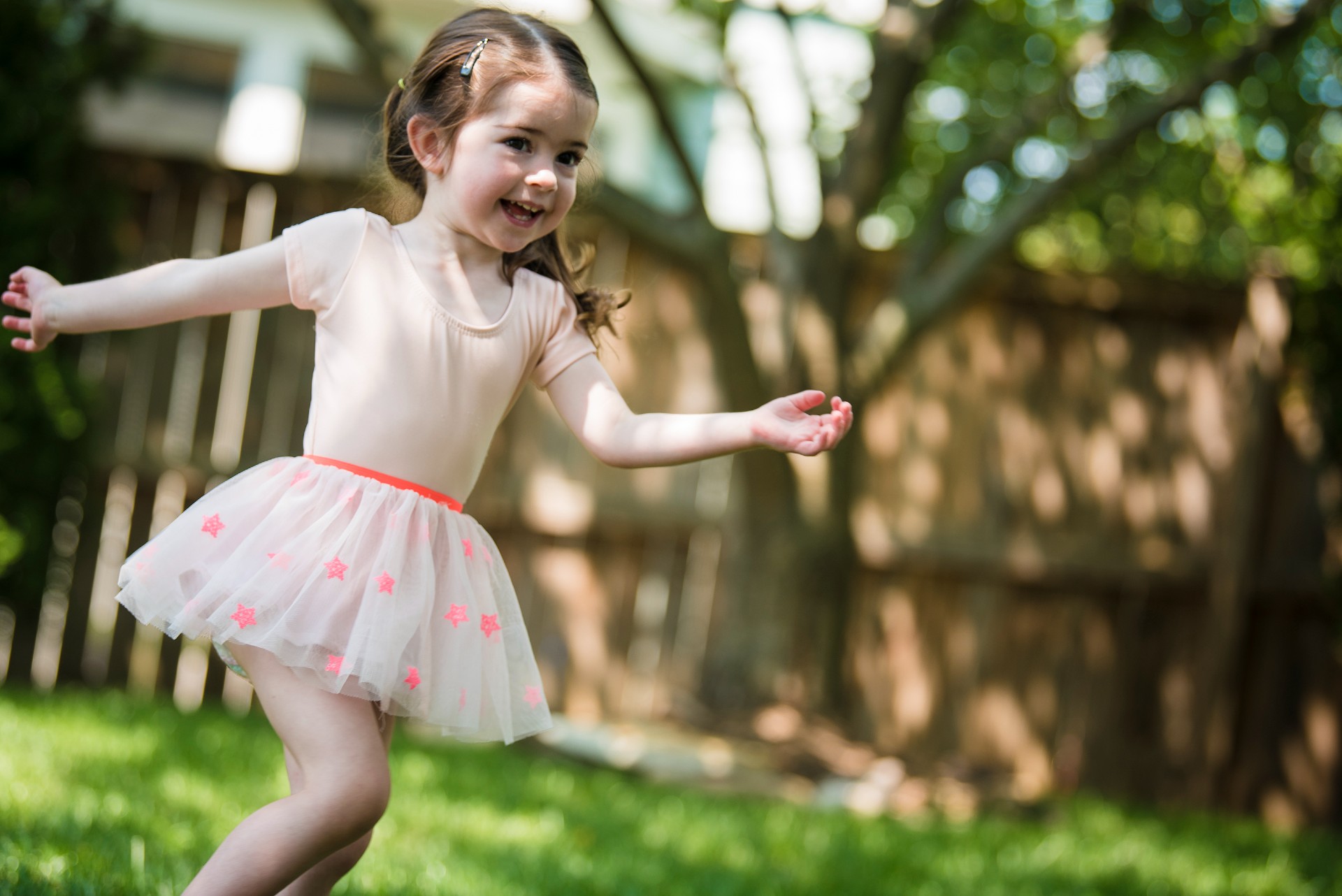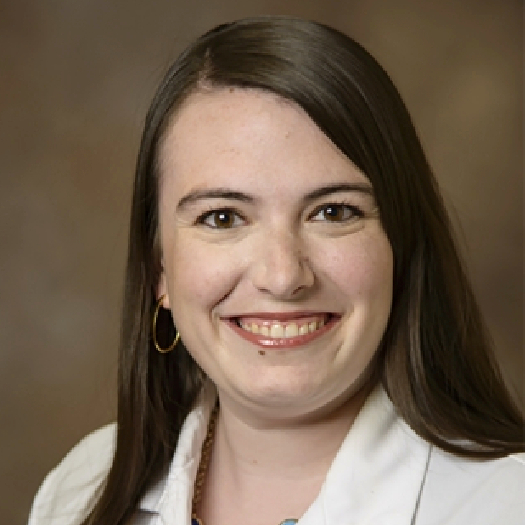Condition
Pediatric Birthmarks
What are birthmarks?
Birthmarks are areas of discolored and/or raised skin that are apparent at birth or within a few weeks of birth. Birthmarks are made up of malformed pigment cells or blood vessels.
Although the cause of birthmarks is not known, most of them are benign (noncancerous) and do not require treatment. Babies with birthmarks should be examined and diagnosed by a doctor.
What are the most common types of vascular birthmarks?
The following are the most common types of vascular birthmarks:
Macular stains or salmon patches. These are characterized by pink to red marks that may appear anywhere on the body. Angel kisses and stork bites are the most common type of vascular birthmark:
- Angel's kisses. Marks located on the forehead, nose, upper lip, and eyelids that usually disappear with age.
- Stork bites. Marks on the back of the neck that usually disappear with age.
- Hemangioma. A common vascular birthmark. Hemangiomas become visible within the first few weeks or months of life and continue to grow rapidly for about six to nine months. Then, they gradually lose this red color and also shrink. They are called strawberry patch hemangiomas.
- Port-wine stain (also called nevus flammeus). A port-wine stain is a flat, pink, red, or purple mark that appears at birth, often on the face, arms, and legs, and continues to grow as the child grows. Port-wine stains do not go away and often require treatment if located on the eyelid or forehead. Port-wine stains involving the face may cause eye problems.
What are the most common types of pigmented birthmarks?
The following are the most common types of pigmented birthmarks:
- Moles (also known as congenital nevi). These can be skin-colored, brown or black, flat or raised and small or large. They can occur anywhere on the body. Moles can also occur in adulthood, but only moles that are present at birth are considered birthmarks. Congential nevi can develop into cancer later in life.
- Café au lait spots. This is French for coffee with milk. These are usually oval-shaped and light brown or black. Typically these fade with age and are not a problem. However, many of them grouped together can be a sign of other health issues and should be examined by a doctor.
- Mongolian spots. These are blue, or blue-gray spots on the lower back or buttocks. They are most common in babies with darker skin, such as African-American or Asian babies. They can be mistaken for bruises and they usually fade with age.

Dermatology Treatment at Children's National Hospital
The pediatric specialists at Children's National Hospital have the expertise to diagnose, treat and manage conditions of the skin, nails and hair common in infant and younger patients. Discover more about the treatments we offer.

Providers Who Treat Birthmarks
 Aasha's Rare Gift Will Help Other Babies Grow up Healthy
Aasha's Rare Gift Will Help Other Babies Grow up HealthyTesting the descrption field
Departments that Treat Birthmarks

Dermatology
The Division of Dermatology at Children's National Hospital continues to expand services as more families seek our expertise in the diagnosis and treatment of disorders of the skin, hair and nails.







